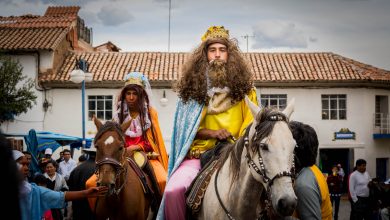Quechua grows around the world
![Los Nin blend Spanish hip-hop with Kichwa, the Incan pre-Columbian language [Photo: Los Nin]](https://cuzcoeats.com/wp-content/uploads/2016/03/201281819272950734_20-780x450.jpg)
My friend Tanner tells me that if you only speak one language, it is like you only see in one color. Languages have often be associated with color or learning or background. In “The Mummy” the evil resurrected mummy is about to a man he has captured. The man runs through various charms and incantations trying to save himself, but when he starts speaking in Hebrew, the mummy desists, announcing, ‘the language of slaves!’ and decides he isn’t worth the effort.
Language is also associated with indigenous peoples, and politics. Quechua is one of the languages of indigenous peoples that has many political implications.
Watch Sylvia Falcón’s Quechua Version of the Peruvian National Anthem

There is a power in learning a language that is politically active. Los Nin, a Ecuadorian hip-hop band, spreads Kichwa around the world. The power of the language is recognized in Manuela Picq’s article “Hip-hop Kichwa: Sounds of indigenous modernity: Kichwa hip-hop dethrones the imagery of indigenous peoples as living in rural communities isolated from modernity.” When she says, “indigenous peoples from the Andes use art forms developed by African-Americans in the south Bronx to contest power structures in Paris”.
![Los Nin blend Spanish hip-hop with Kichwa, the Incan pre-Columbian language [Photo: Los Nin]](http://cuzcoeats.com/wp-content/uploads/2016/03/201281819272950734_20.jpg)

Quechua is the most widely spoken native American language in the Americas. Also known as runa simi (“people’s language”), it is spoken in Argentina, Bolivia, Colombia, Ecuador and Peru, with the largest number of native speakers in Bolivia, Ecuador, and Peru. Reference
There are over 25 Quechua classes offered in Universities in the United States, including New York University, Harvard and Stanford.
When asked what they would do with knowledge of Quechua, there were responses ranging from working in Peru, to hosting a radio program to being able to participate in important cultural dialogue.




